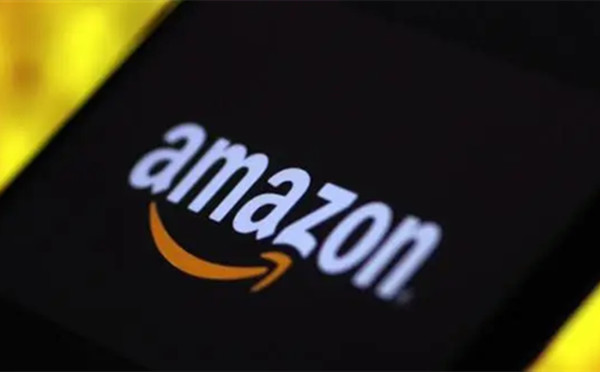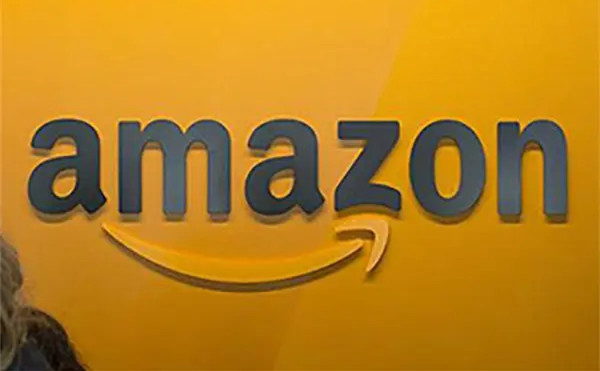What are the fees for Amazon FBA in the United States?
Amazon FBA allows sellers to store products in Amazon warehouses (whether sold on Amazon or not), and let Amazon handle the packaging and shipping of these products.In addition to providing fast fulfillment services, FBA also provides sellers with customer service as well as certain marketing advantages. Based on these benefits, FBA has been the key to helping small businesses increase sales. According to the founder of Amazon, FBA can increase the online retailer's sales by 30% to 50%.
It’s important to note that FBA involves various costs, including some that are not so obvious, so they must be carefully weighed before using it.

Amazon FBA fees depend on product size and weight:
FBA fees are mainly determined by the size and weight of the item and the sales channel. In general, there are two main types of fees:
Fulfillment Fees: These fees include the cost of packaging and shipping the product, as well as Amazon’s customer service fees.
Storage Fees: These fees cover the cost of storing items in Amazon warehouses.
The size and weight of the product determines the cost of these fees, which Amazon divides into two categories: standard-size products and oversized products.
Standard Size Products: When packaged, products weigh less than 20 lbs and measure no larger than 18" x 14" x 8".
Oversized Products: Packaged products that weigh more than 20 pounds or that measure larger than 18" x 14" x 8".
The above two different categories of products have different fees and storage fees:
Shipping fees for standard-size products apply to US domestic and international orders. Note that apparel products (excluding apparel accessories such as belts and purses) will be charged an additional delivery fee of 40 cents per unit.

Items sold through other channels will cost more:
Amazon has nearly 50% market share in e-commerce, however, 80% of Amazon sellers sell products on channels other than Amazon. FBA is also available for products sold by sellers on their own website or on other platforms such as eBay or Shopify. This is called multi-channel selling, but it costs a bit more.
Sellers using Multi-Channel Fulfillment ship their products to Amazon fulfillment centers and submit storage fees based on product size and storage time. When a customer places an order for the product, Amazon will receive the order information, package it and ship it directly to the customer.
The delivery methods of Amazon FBA include: standard delivery, fast delivery and priority delivery. The choice of different delivery methods leads to differences in the cost of multi-channel delivery. In addition, the cost of multi-channel fulfillment also depends on whether the product is standard size or oversized.
Remarks: The above content is only an internal opinion and is for reference only.





